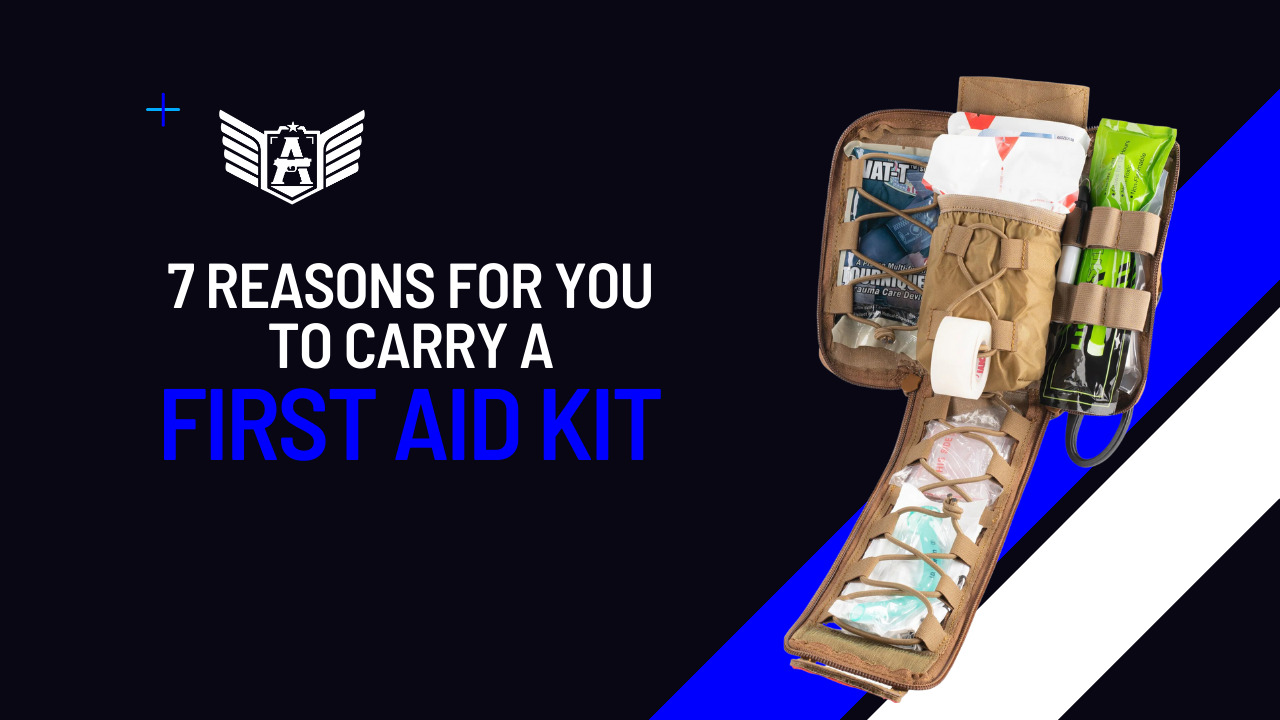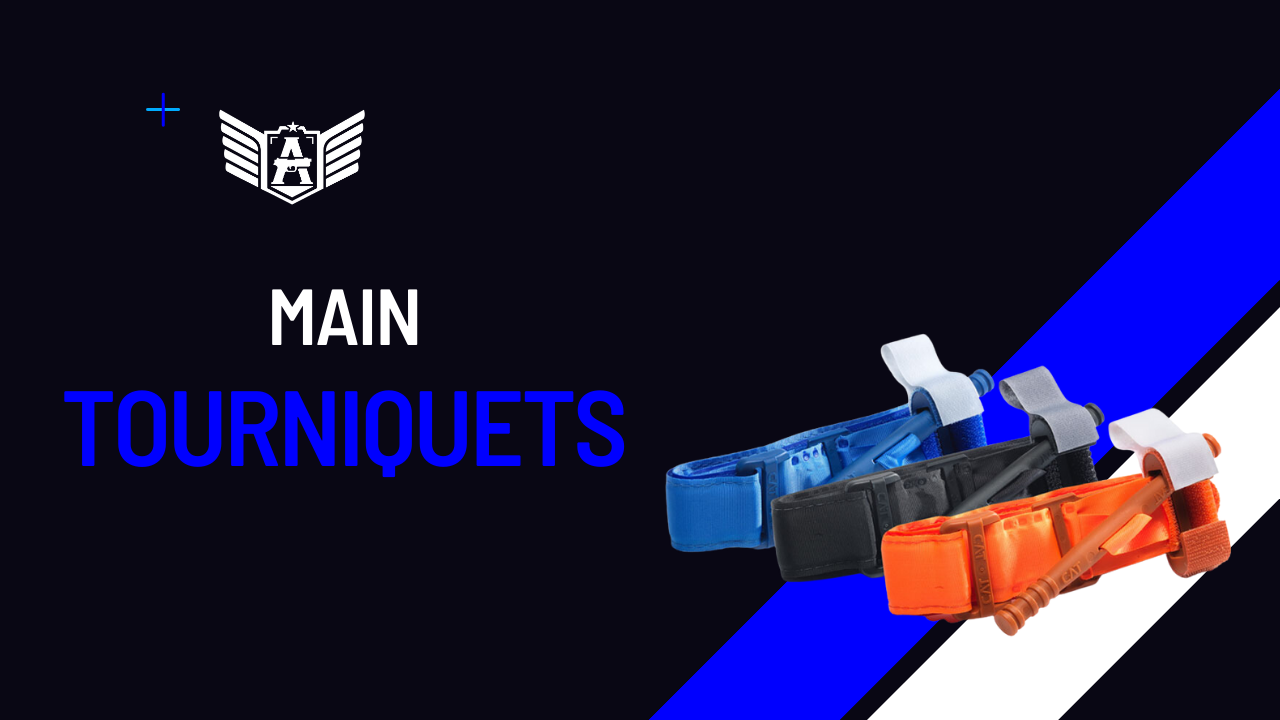
First aid kits became more popular among shooters starting in 1990 with the implementation of TCCC. However, their importance goes far beyond use in a war zone or for treating injuries from firearms. It is important for the entire population to have access to knowledge related to controlling hemorrhages and providing pre-hospital care in general, which can save many lives.
For these treatments to be done properly, it is clear that equipment must be available. I encourage everyone to have their first aid kits with them, and here are 7 reasons for it:

- The article titled “Application of tourniquet in civilian trauma: Systematic review of the literature” identified 3028 tourniquet applications in a civilian environment and concluded that “This systematic review revealed TQ to be an effective tool for the management of extremity haemorrhages in civilian trauma, associated with few complications. Larger studies and dedicated training courses are needed to improve the use of TQ in the civilian standards of care.“.
- Hemorrhages in extremities account for half of preventable deaths in combat.
- Even if you are not trained for first aid, someone technically qualified can use your equipment.
- According to the study “The trauma center is too late: ‘Major limb trauma without a pre-hospital tourniquet has increased death from hemorrhagic shock,'” which analyzed 326 tourniquet applications, allowing the victim to be treated exclusively in the hospital instead of applying the tourniquet promptly can increase the risk of death by 4.5 times.
- It’s better to have it and not need it than to need it and not have it.
- The study titled “A multi-institutional study of hemostatic gauze and tourniquets in rural civilian trauma” reports 89% effectiveness of QuikClot combat gauze application.
- A first aid kit will not be effective if it is not with you when you need it.
I know that sometimes carrying additional volume with you may seem counterproductive, and many people, even with the necessary technical knowledge to save lives, end up not carrying this material.

However, it is possible to adapt your routine to increase effectiveness and minimize the inconvenience related to this task. One way is to carry items that require immediate application close to your body, such as tourniquets, for example, and leave the rest of the kit in a backpack.
Store facilities, service providers, gyms, and all kinds of businesses should also consider keeping their own kits available. In addition to increasing the chances of survival for your customers in an extreme scenario, it demonstrates empathy and concern for others.
References:
Charlotte Beaucreux, Benoît Vivien, Ethan Miles, Sylvain Ausset, Pierre Pasquier, Application of tourniquet in civilian trauma: Systematic review of the literature, Anaesthesia Critical Care & Pain Medicine, Volume 37, Issue 6, 2018, Pages 597-606, ISSN 2352-5568, https://doi.org/10.1016/j.accpm.2017.11.017.
Bellamy RF. The causes of death in conventional land warfare – implications for
combat casualty care research. Military Medicine 1984;149(2):55–62
Granville-Chapman, J., Jacobs, N., & Midwinter, M. J. (2011). Pre-hospital haemostatic dressings: A systematic review. Injury, 42(5), 447–459. doi:10.1016/j.injury.2010.09.037
Scerbo, M. H., Holcomb, J. B., Taub, E., Gates, K., Love, J. D., Wade, C. E., & Cotton, B. A. (2017). The trauma center is too late. Journal of Trauma and Acute Care Surgery, 83(6), 1165–1172. doi:10.1097/ta.0000000000001666
Bennett, B. L. (2017). Bleeding Control Using Hemostatic Dressings: Lessons Learned. Wilderness & Environmental Medicine, 28(2), S39–S49. doi:10.1016/j.wem.2016.12.005
Leonard, J., Zietlow, J., Morris, D., Berns, K., Eyer, S., Martinson, K., … Zietlow, S. (2016). A multi-institutional study of hemostatic gauze and tourniquets in rural civilian trauma. Journal of Trauma and Acute Care Surgery, 81(3), 441–444. doi:10.1097/ta.0000000000001115




